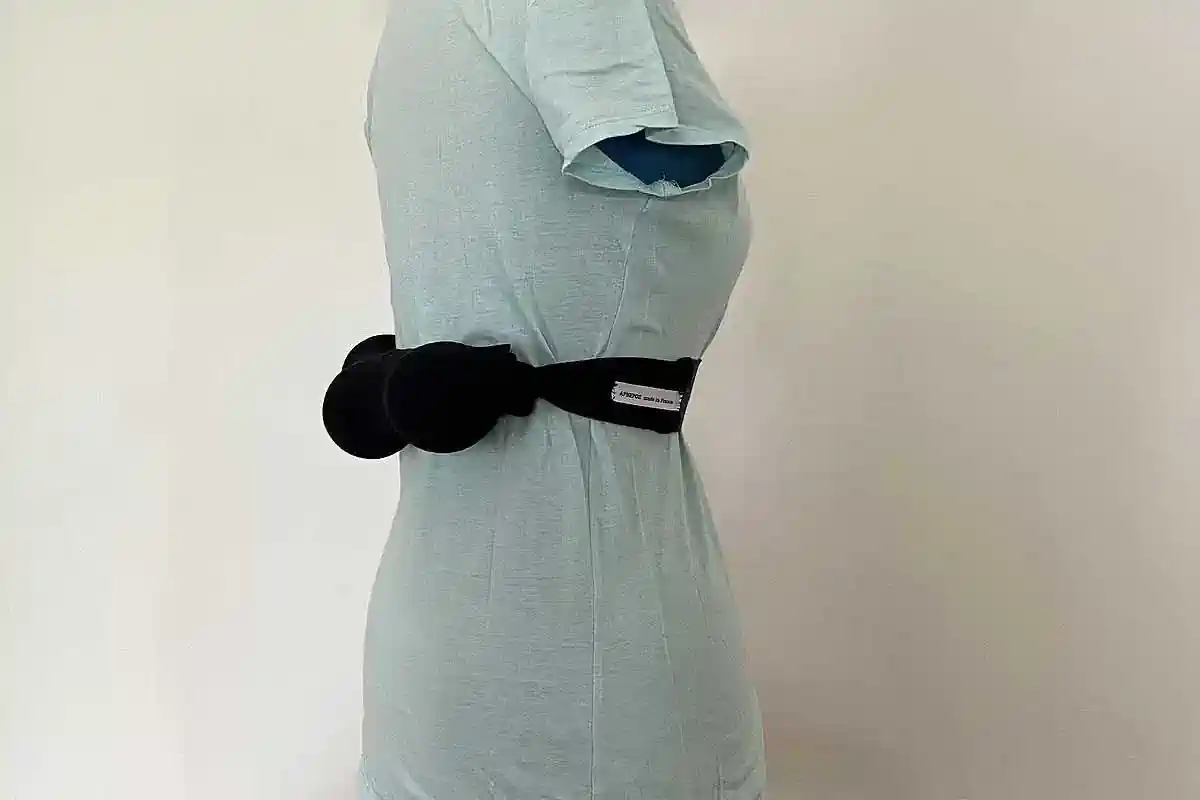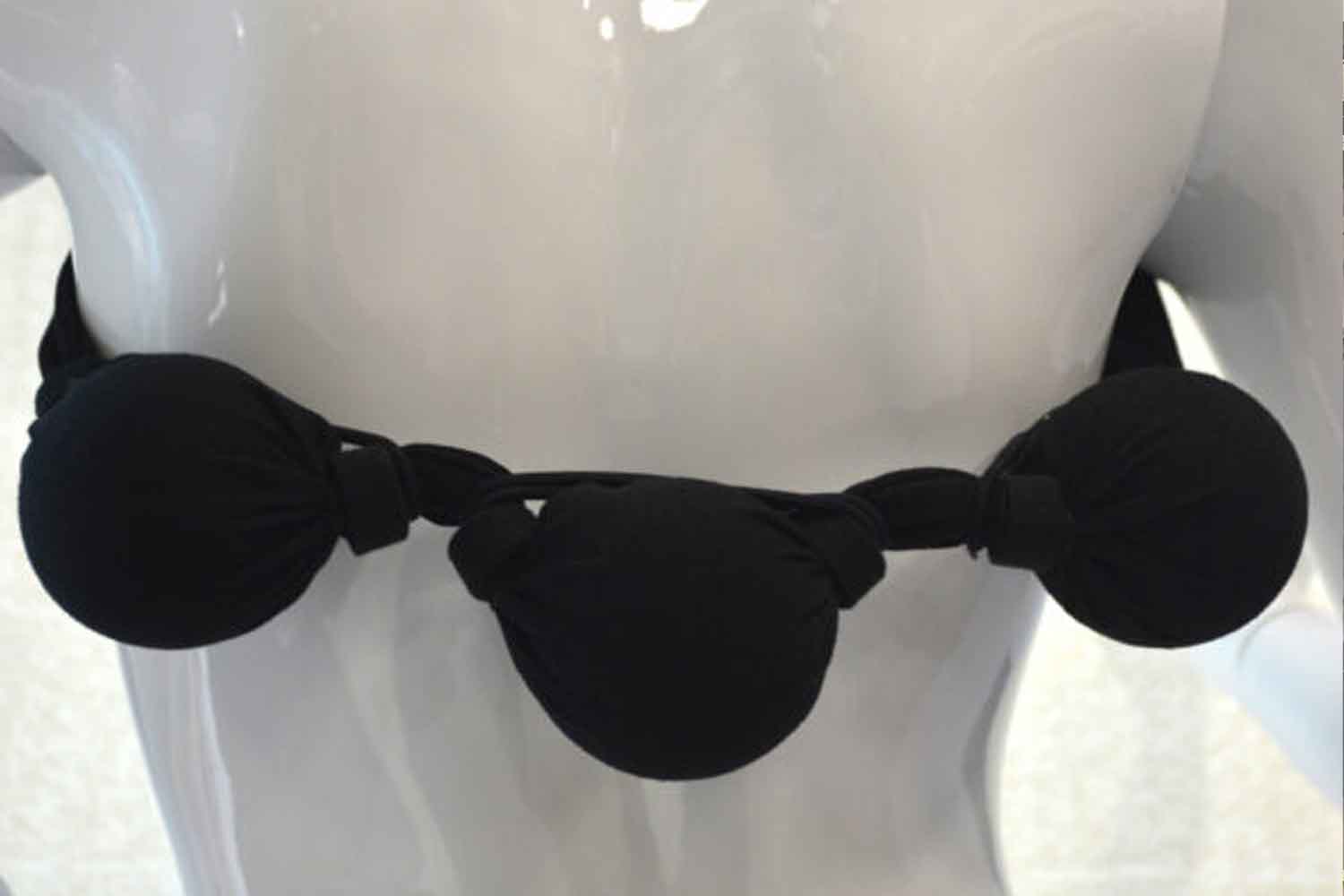A French-made belt could help millions of Americans with mild sleep apnea avoid CPAP. Here’s how Apnepoz works — and why it’s gaining interest.

@Apnepoz
Obstructive Sleep Apnea (OSA) is one of those conditions that can quietly wreak havoc on your health while you sleep. In the United States, it’s estimated that around 25 million adults suffer from this chronic breathing disorder — but the real number might be even higher due to widespread underdiagnosis. According to the American Sleep Apnea Association, up to 80% of moderate to severe cases go undiagnosed.
For those who do manage to get a proper diagnosis, the most common treatment is CPAP therapy — a machine that pushes continuous air through a mask to keep the airway open at night. And while CPAP is effective, it’s often a love-hate relationship. The machine can be loud, intrusive, and uncomfortable, especially in warmer climates or in milder cases where the hassle might outweigh the benefits.
Enter Apnepoz, a low-tech, body-conscious alternative designed and manufactured in France. Rather than relying on air pressure or electronics, it taps into positional therapy — encouraging people to avoid sleeping on their backs, a posture known to worsen apneas, and instead adopt side or stomach sleeping, which can help keep airways unobstructed.
Born from frustration, built for comfort
Apnepoz is the brainchild of Philippe Grise, a former urological surgeon who personally struggled with the downsides of CPAP. Determined to create something less invasive, more natural, and easier to live with, he came up with a solution that’s refreshingly analog — and surprisingly effective.
How Apnepoz works

@Apnepoz
The device looks like a flexible, adjustable sleep belt, made of washable fabric and fitted with three padded supports: one positioned along the spine and two on either side of the waist. These supports — crafted from small training balls and elastic bands — make it uncomfortable to roll onto your back, subtly nudging your body into healthier sleep positions.
What sets it apart? No cords, no batteries, no noise. Just a purely mechanical design that gently guides you into a better sleep posture. It’s also locally made in Châtellerault, France, using regional materials and zero electronics, making it a smart choice for those who value sustainability as much as sleep.
Over 200 people have tested the device so far, and Grise claims that in his own clinical observations, positional apneas were completely eliminated while using it. That said, there are no large-scale clinical studies yet published to support its broader medical effectiveness.
Not a CPAP replacement — but a legit option
Apnepoz is based on positional therapy, a method already recognized in the U.S. by organizations like the American Academy of Sleep Medicine as a valid treatment for people whose apneas are tied to body position.
Of course, it’s not a cure-all — and it’s definitely not intended to replace CPAP in cases of moderate to severe OSA. But for people with mild or position-dependent apnea, or for those who can’t tolerate traditional machines, Apnepoz may offer a viable, low-intervention solution.
Its minimalist design also makes it appealing from an environmental and economic standpoint: there are no expensive filters to replace, no disposable parts, and no electric bills to consider.
As of now, the price hasn’t been listed on the official website, so we can’t say whether it’s budget-friendly — but considering its simplicity, comfort, and sustainability, it could very well be a welcome new player in the sleep health game.
Because sometimes, getting better sleep doesn’t require more machines. Just a smarter way to lay down.
Source: apnepoz.com
